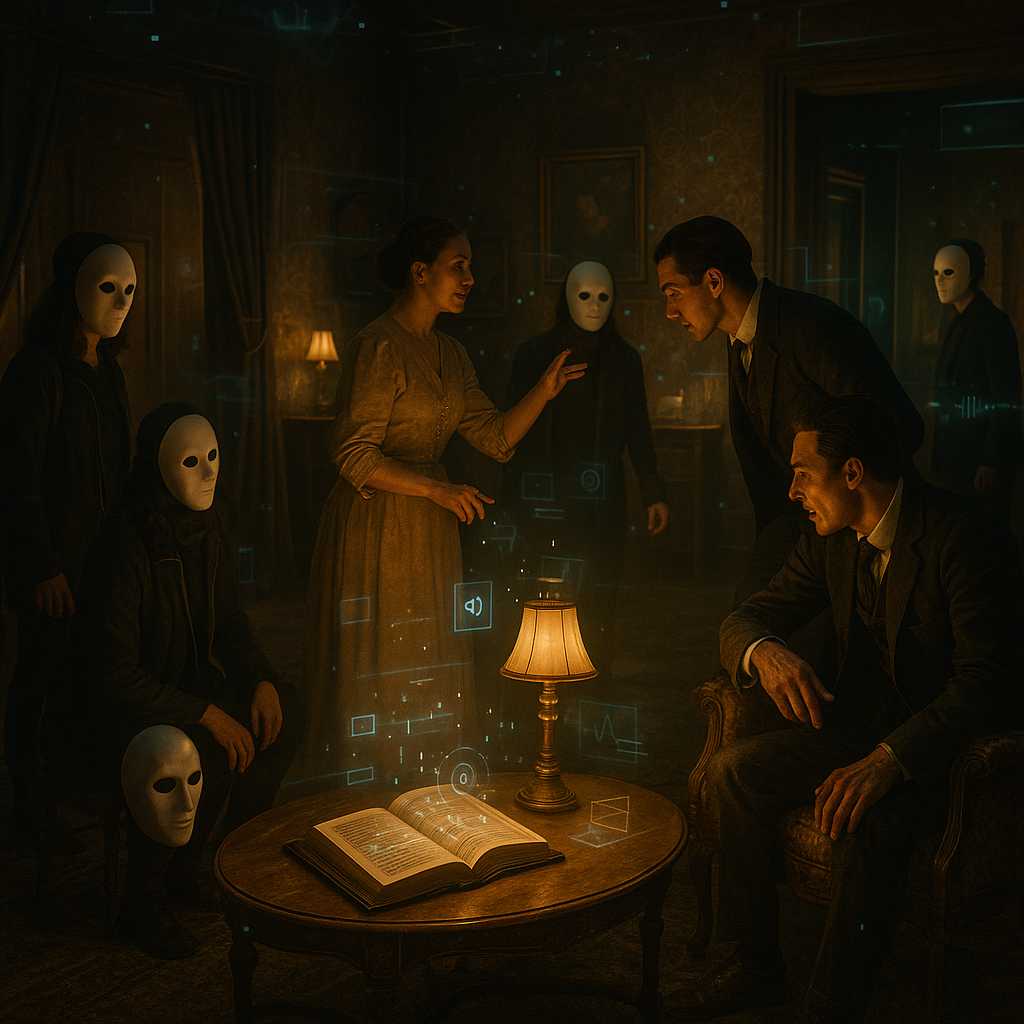In recent years, the boundaries between performer and spectator have grown increasingly porous, thanks to the evolution of immersive theater. Unlike traditional stage performances where the audience observes from a distance, immersive theater invites (and often requires) audiences to step directly into the story world, influencing plots and interacting with characters.
This trend traces its roots to experimental works of the early 20th century, but today’s productions have elevated the art form. Shows like "Sleep No More" in New York and "The Great Gatsby" in London blur the lines between stage and reality, with entire buildings transformed into theatrical playgrounds. Attendees don masks, wander through meticulously designed spaces, and select their own narrative pathways, resulting in a unique experience for each individual.
Technological advancements play a significant role in this transformation. Augmented reality and interactive audio equip storytellers to offer surprise, mystery, and genuine emotional connection. Theater companies worldwide are experimenting with these innovations, seeking ways to make every audience member a participant in the unfolding drama.
The popularity of immersive theater testifies to our desire for engagement over passivity. In a world saturated with digital content, the visceral thrill of living a story—if only for an evening—is irresistible. As theater makers continue to innovate, we can expect immersive performances to further change how we experience storytelling, blurring the lines between art, entertainment, and everyday life.


Leave a Reply